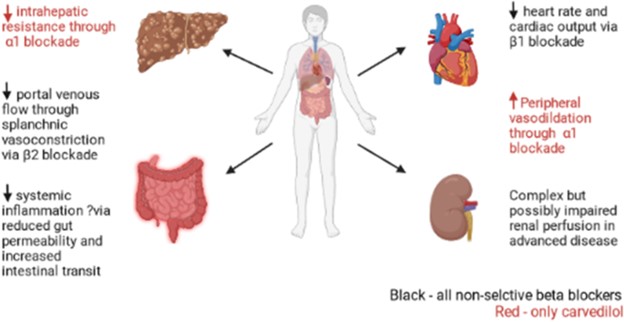A client is diagnosed with a problem involving the inner ear. Which is the most common client complaint associated with a problem involving this part of the ear?
Hearing loss
Tinnitus
Pruritus
Muffled sounds
The Correct Answer is A
Choice A reason: This is correct because hearing loss is the most common complaint associated with a problem involving the inner ear. The inner ear consists of the cochlea, which is the organ of hearing, and the vestibular system, which is the organ of balance. The inner ear converts sound waves into nerve impulses that are sent to the brain. Any damage or dysfunction of the inner ear can impair hearing and cause hearing loss.
Choice B reason: This is incorrect because tinnitus is not the most common complaint associated with a problem involving the inner ear, but rather a symptom that can occur with various ear problems. Tinnitus is a ringing, buzzing, or hissing sound in the ears that is not caused by an external source. Tinnitus can be caused by exposure to loud noise, ear infections, earwax buildup, aging, or certain medications, but it is not specific to the inner ear.
Choice C reason: This is incorrect because pruritus is not a complaint associated with a problem involving the inner ear, but rather a complaint associated with a problem involving the outer ear. Pruritus is itching of the skin that can be caused by dryness, irritation, infection, or allergy. Pruritus can affect the outer ear, which is the visible part of the ear that collects and directs sound waves into the ear canal, but it has no relation to the inner ear.
Choice D reason: This is incorrect because muffled sounds are not a complaint associated with a problem involving the inner ear, but rather a complaint associated with a problem involving the middle ear. Muffled sounds are sounds that are unclear or distorted due to reduced sound transmission or perception. Muffled sounds can be caused by fluid buildup, inflammation, infection, or perforation of the eardrum in the middle ear, which is the air-filled space between the eardrum and the inner ear that contains three tiny bones that amplify sound vibrations.
Nursing Test Bank
Naxlex Comprehensive Predictor Exams
Related Questions
Correct Answer is C
Explanation
Choice A Reason: Reporting itching if it becomes bothersome is part of client teaching, as it may indicate inflammation or infection of the ear canal. External otitis is also known as swimmer's ear, as it can be caused by water trapped in the ear after swimming or bathing.
Choice B Reason: Using earplugs when swimming is part of client teaching, as it can prevent water from entering and irritating the ear canal. External otitis can be prevented by keeping the ear dry and avoiding trauma or foreign objects.
Choice C Reason: This is the correct choice. Inserting a cotton-tip applicator to remove excess wax is not part of client teaching, as it can damage or scratch the ear canal and increase the risk of infection. Wax helps protect and lubricate the ear canal and should not be removed unless it causes hearing impairment or discomfort.
Choice D Reason: Using a hairdryer set to low, 6 inches away from ear is part of client teaching, as it can help dry the ear canal after swimming or bathing. External otitis can be treated by applying warm compresses, using topical antibiotics or antifungals, and taking pain relievers or anti-inflammatory drugs.
Correct Answer is B
Explanation
Choice A Reason: Antibiotics are not contraindicated for a client with glaucoma and asthma, as they can treat or prevent infections that may affect the eye or the respiratory system.
Choice B Reason: This is the correct answer because non-selective beta blockers are contraindicated for a client with glaucoma and asthma, as they can reduce intraocular pressure but also cause bronchoconstriction and exacerbate asthma symptoms.
Choice C Reason: NSAIDs are not contraindicated for a client with glaucoma and asthma, as they can reduce inflammation and pain that may affect the eye or the respiratory system.
Choice D Reason: Anticoagulants are not contraindicated for a client with glaucoma and asthma, as they can prevent or treat thromboembolic events that may affect the eye or the respiratory system.

Whether you are a student looking to ace your exams or a practicing nurse seeking to enhance your expertise , our nursing education contents will empower you with the confidence and competence to make a difference in the lives of patients and become a respected leader in the healthcare field.
Visit Naxlex, invest in your future and unlock endless possibilities with our unparalleled nursing education contents today
Report Wrong Answer on the Current Question
Do you disagree with the answer? If yes, what is your expected answer? Explain.
Kindly be descriptive with the issue you are facing.
